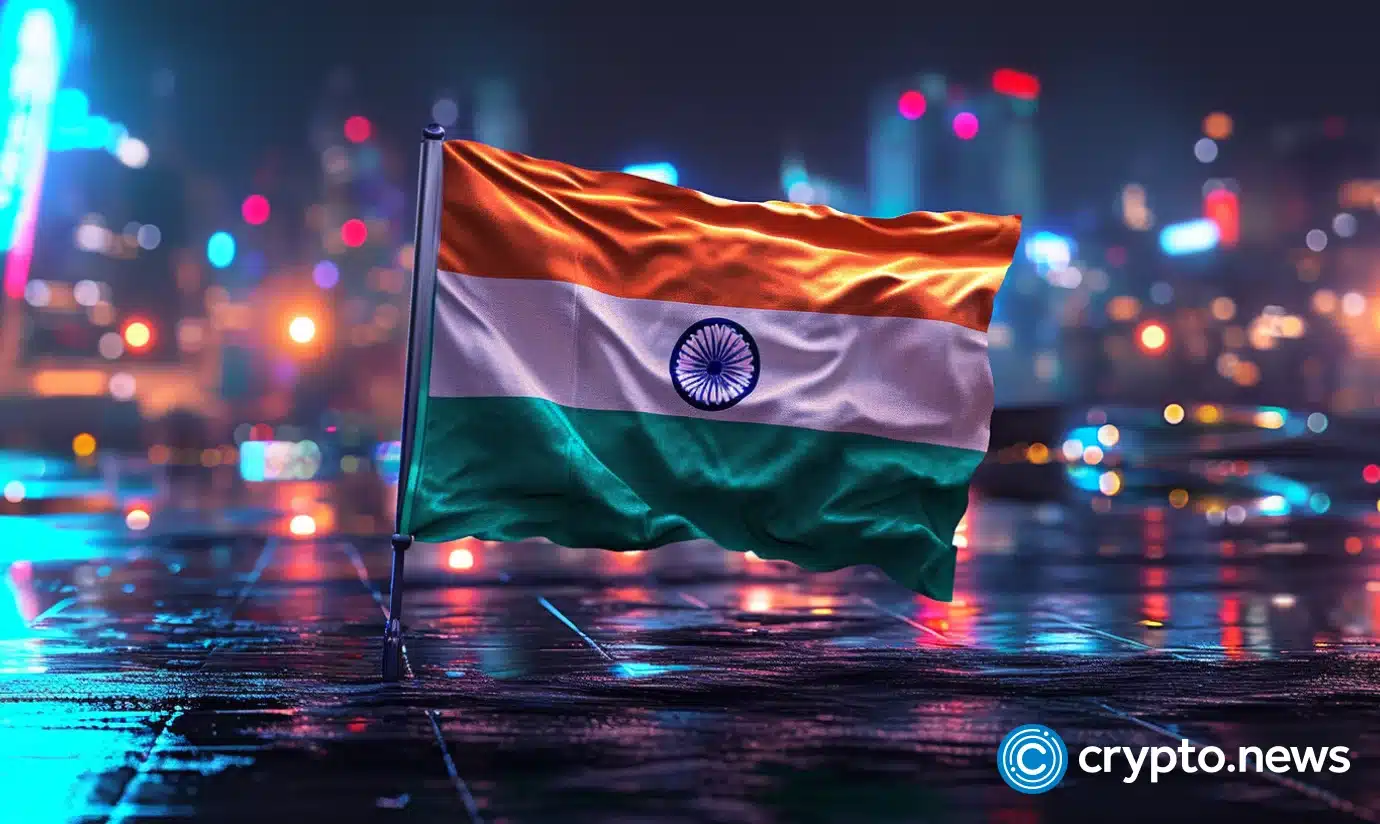
India has the potential to facilitate efficient cross-border payments using Central Bank Digital Currency according to the Reserve Bank of India governor Shaktikanta Das.
According to a local report, during his keynote address at the conference on Central Banking at Crossroads, Das reaffirmed his support for CBDCs to improve international money transfers, as a part of ongoing efforts to cut the time and cost of overseas remittances.
Das highlighted that India is one of the few large economies operating a 24×7 real-time gross settlement system, adding that expanding the RTGS system to settle trades in global currencies such as the US Dollar, Euro, and British Pound is currently under review.
This, according to Das, could be achieved through bilateral or multilateral arrangements to simplify global transactions, with CBDCs potentially integrated into this expansion.
He added that India’s CBDC pilot programs are currently testing programmability and interoperability with existing infrastructures like the Unified Payments Interface, a platform that facilitates near-instant settlements between banks.
Additionally, the pilot program is working to develop offline solutions for “remote areas and underserved communities,” according to the RBI governor.
The RBI initially announced these features in September 2023, noting that it was collaborating with major financial institutions to introduce them as part of efforts to popularize CBDC.
Das also reiterated his skepticism around cryptocurrencies, pointing to the uncertain landscape they create. According to him, CBDCs offer a controlled and stable digital currency, in contrast to the volatility of cryptocurrencies like Bitcoin and Ethereum.
The governor acknowledged the challenges related to developing a universal CBDC framework and called for the creation of a standardized and interoperable CBDC framework, that would allow nations to build their own systems that fit into a global network.
India launched its CBDC pilot for the digital rupee in December 2022, covering both retail and wholesale segments. However, adoption has been slow, with the digital rupee reaching 1 million retail transactions by late June 2023 only after local banks introduced incentives and partially paid salaries in digital currency to drive usage, raising doubts about actual user adoption moving forward.
As of the latest update, the CBDC platform surpassed 5 million users in August, with Das advocating for a phased rollout, stressing the importance of understanding its impact on users, monetary policy, and the broader financial system.
Meanwhile, the RBI has remained firm in its opposition to cryptocurrencies, pointing to the potential risks they pose to the country’s economic stability. Back in 2022, Das expressed concerns about the lack of intrinsic value in cryptocurrencies.
Tổng hợp và chỉnh sửa: ThS Phạm Mạnh Cường
Theo Crypto News
